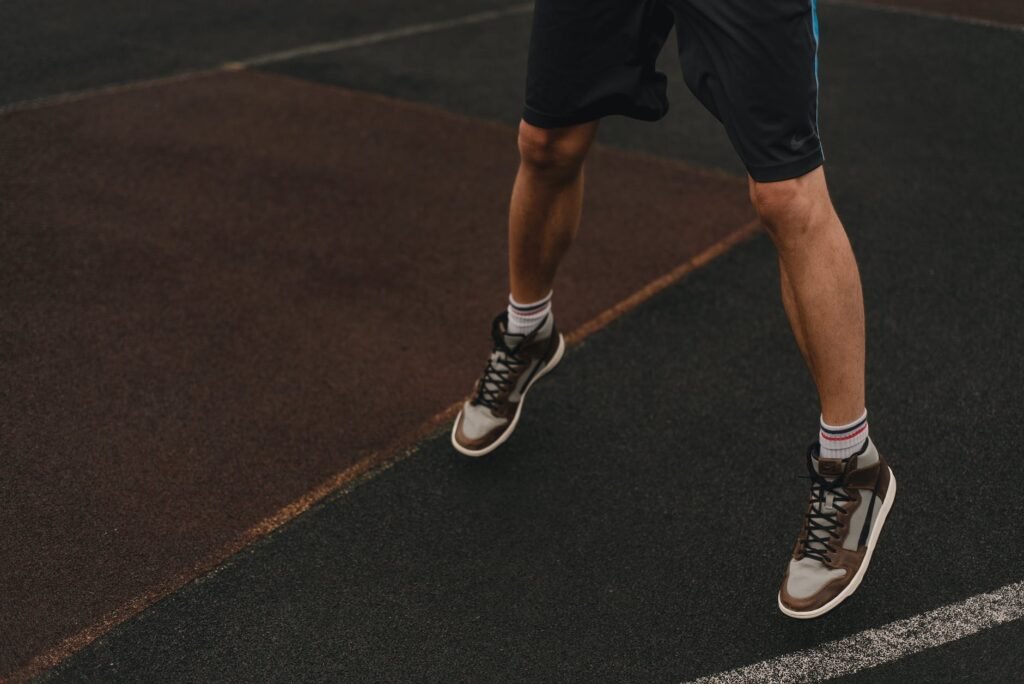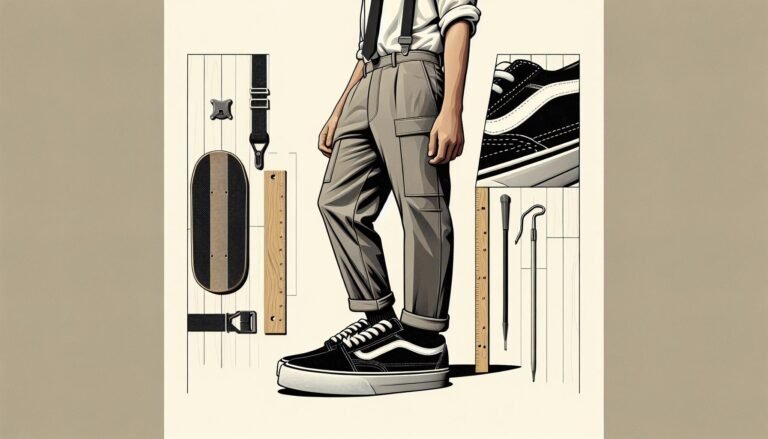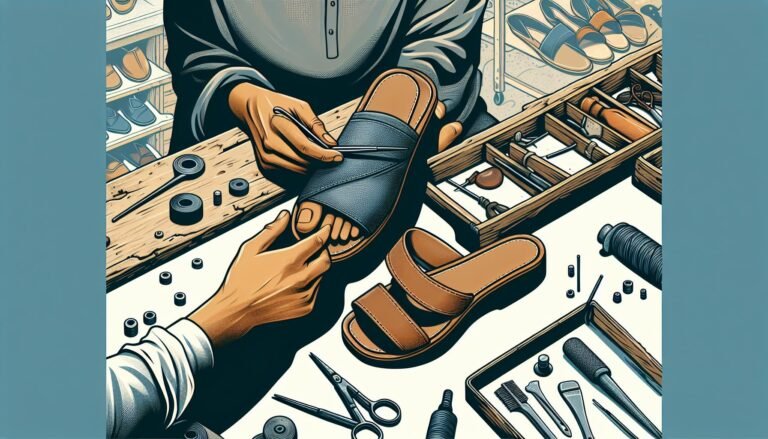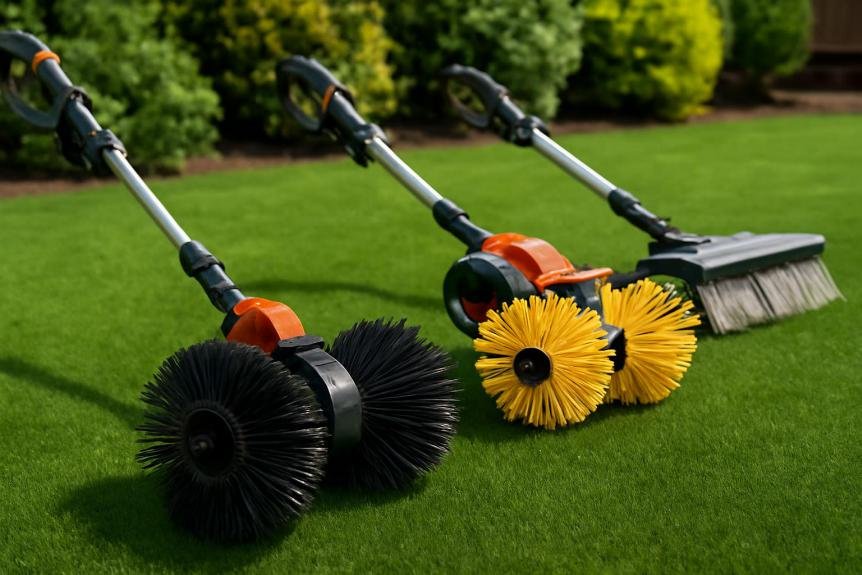Are Basketball Shoes Slip-Resistant? Key Features for Court Grip
When I hit the court, I know the importance of staying upright during a fast break or a defensive shuffle. That’s why I’m always on the lookout for the best slip-resistant basketball shoes. It’s not just about style or ankle support; it’s about keeping a solid grip when the game heats up.
I’ve seen players skid and careers take a hit due to poor traction. So, I’ve taken it upon myself to dive deep into what makes basketball shoes stick to the hardwood. Stick with me as I explore the features that keep you on your feet and in the game.
Importance of Slip Resistance in Basketball Shoes
When I’m sprinting down the court, the last thing I want to worry about is whether my shoes will hold up their end of the bargain. That’s where slip resistance comes into play. In basketball, maintaining impeccable stability and traction is not just a convenience, it’s a necessity. A player’s agility, speed, and balance on the court all pivot on the slip resistance of their footwear.
Slip-resistant basketball shoes are engineered with advanced tread patterns and rubber compounds to maximize ground contact and grip. A game can turn on a dime, and it’s these split-second changes in direction that put players at a higher risk for slips and falls if their shoes aren’t up to snuff.
Basketball entails multidirectional movements, quick pivots, sudden stops, and explosive jumps. This dynamic range of motion stresses the importance of having a sole designed specifically for the hardwood. Manufacturers often conduct rigorous testing to ensure that their shoes meet performance standards. The result is footwear that helps keep athletes safe and focused on the game rather than fretting over potential mishaps.
Beyond performance, slip resistance also plays a critical role in injury prevention. Lack of proper traction can lead to falls that cause acute injuries, such as ankle sprains or knee ligament damage, which can sideline a player for part of the season or even longer.
It’s also worth noting that as the shoe treads wear down, slip resistance can decrease. I always recommend players monitor their shoe condition and replace them before the tread becomes too smooth. Ensuring that slip resistance maintains its integrity is as important as choosing the right shoes in the first place.
Maintaining peak performance is intertwined with the quality of the footwear. Whether it’s executing a strategic play or scoring the winning basket, having slip-resistant basketball shoes is a game-changer—literally.

The Role of Traction in Performance
When talking basketball, it’s impossible to overlook the role of traction. A high level of traction in basketball shoes isn’t just a safety feature; it’s a performance enhancer that can be the difference between a good player and a great one. What makes traction so important is its direct relationship with agility and responsiveness on the court.
The physics behind it is straightforward – the more traction your shoes have, the quicker you can start, stop, and change direction. This is crucial in a sport where split-second decisions and rapid movements dominate the game. To dive deeper, traction enables players to execute high-intensity maneuvers without losing speed or power. Imagine trying to perform a crossover dribble or an abrupt pivot with sneakers that can’t keep up; you’d be at a significant disadvantage.
However, there’s a balance to be maintained, as too much traction could impede natural movement and even lead to injuries due to excessive grip. That’s why the design of basketball shoes often involves a herringbone pattern or a combination of grooves and patterns that facilitate optimal movement and stability.
Moreover, the quality of the playing surface plays a role in how well shoes grip the court. Dust and debris can accumulate quickly on indoor courts, diminishing traction. Regular maintenance of both the court and the shoes is essential to ensure the traction stays effective throughout the game.
Basketball shoe manufacturers are always on the hunt for the ideal combination of materials and tread designs to improve traction. As technology advances, we’re seeing new synthetic materials and sole compositions that aim to provide even better grip, allowing players to push their limits safely and with confidence.
Maintaining traction isn’t just about having the right shoes, though. I always advise players to pay attention to the wear and tear of their footwear. As a basketball shoe’s tread wears down, its ability to grip the court decreases, possibly affecting the player’s performance. Therefore, keeping an eye on the condition of your shoes is as important as choosing them wisely in the first place.
Key Features to Look for in Slip-Resistant Basketball Shoes
When I’m on the hunt for the best slip-resistant basketball shoes, there are several key features I keep my eyes peeled for.
Rubber Outsoles: The quality of the rubber is paramount. Shoes with outsoles made from a soft, sticky rubber compound usually offer superior grip compared to harder rubbers. Additionally, the type of court you’ll be playing on—whether it’s indoor, outdoor, or a combination of both—should guide your choice of rubber compound.
Tread Pattern: It’s all about the pattern! A well-designed tread pattern can drastically improve a shoe’s slip resistance. Look for deep grooves and complex patterns that channel the dirt and dust away from the bottom of the shoe, which maintains contact with the floor or court.
Surface Area: More surface area in contact with the ground can translate into better traction. Opt for designs with flat or slightly rounded soles that provide a larger footprint, making slips less likely during explosive movements.
Midsole Technology: You can’t overlook the midsole. It needs to provide cushioning without compromising court feel. A low-profile midsole ensures you stay close to the ground, thus improving stability and reducing the risk of slipping.
Materials: The upper material of basketball shoes matters as well. Shoes with uppers that provide structure and support, such as high-quality leather or synthetic meshes, are not only comfortable but also reduce the risk of your foot moving around inside the shoe—another key factor in preventing slips.
Fit: I can’t stress enough how critical a proper fit is for slip resistance. A shoe that fits perfectly secures the foot and precludes it from sliding inside, which directly contributes to slip-resistant properties. I always recommend trying on shoes to find the perfect fit, with the appropriate amount of space in the toe box and a snug fit around the heel.
It’s essential to remember that each of these features plays a role in the overall effectiveness of a basketball shoe’s slip resistance, and the right combination can make a substantial difference in performance and safety.
Materials and Technology for Enhanced Traction
When I’m looking for slip-resistant basketball shoes, I always pay close attention to the materials and technology employed to enhance traction. Over the years, shoe manufacturers have continuously innovated to ensure players get the best grip possible on the court. I’ve noted that the most effective shoes typically utilize advanced rubber compounds that offer superior stickiness and longevity.
Manufacturers also integrate specific technologies into the shoe’s design to further amplify traction. For example, some brands use micro-patterns on the outsole that react dynamically during quick shifts in direction, almost like the treads of a high-performance tire gripping the road. The microscopic level of detail in modern basketball shoes is astounding, and these technological advancements directly contribute to a player’s confidence and effectiveness on the court.
Here are a few standout materials and technologies I’ve encountered:
- Advanced Rubber Compounds: Shoes with outsoles made from high-abrasion rubber tend to provide better durability and traction. The compound often includes materials like carbon rubber or blown rubber, which are known for their grippy properties.
- Herringbone Tread Pattern: A classic but potent design, the herringbone pattern is renowned for its ability to maintain stability and grip in various directions.
- Proprietary Traction Technologies: Some brands have developed their own unique technologies, such as adaptive traction patterns that change grip on the fly or cushioning systems that enhance the shoe’s contact with the floor.
In addition to these, cushioning systems can play a role in traction, too. Cushioning doesn’t just absorb impact; it also ensures that when a player’s foot hits the ground, the shoe maintains as much surface area contact as possible. This can sometimes be a fine balance, as too much cushioning can lead to a sense of instability, detracting from the overall performance.
Overall, when I’m on the hunt for the best slip-resistant basketball shoes, I make sure to check how the materials and technology have been incorporated into the shoe’s design to optimize on-court performance. It’s not just about the rubber; it’s about how all components work together to ensure the safest and most stable experience possible.
Reviews: Top Slip-Resistant Basketball Shoes on the Market
When it comes to performance on the court, choosing the right pair of basketball shoes is crucial to maximizing agility and minimizing the risk of slipping. I’ve taken the time to review some of the top slip-resistant basketball shoes currently on the market to help you make an informed decision. Each of these selections boasts the perfect blend of material quality, traction patterns, and cutting-edge technology necessary for peak performance.
Nike’s Kobe AD NXT is a prime example of innovation meets functionality. The shoes feature an advanced traction system with a micro-tread pattern that grips the floor seamlessly. They’re designed with a low profile and cushioned with responsive foam, which optimizes surface contact and stability. Another noteworthy aspect is the customizable lacing technology that ensures a secure, snug fit.
Adidas Harden Vol. 4 is built with agility in mind. The rubber outsole is designed with a herringbone pattern, providing unparalleled grip and allowing for swift directional changes. Harden’s line is renowned for its lockdown fit and comfortable cushioning that doesn’t compromise the wearer’s sense of the court.
For those who prefer a more minimalistic design, Under Armour Curry 7 is a strong contender. It comes equipped with a flexible plate that helps maintain ground contact and distributes weight evenly. The shoe’s outsole has a unique pattern that offers reliable traction during explosive movements and sudden stops.
The Jordan Why Not Zer0.3 is another standout with its large outrigger and split outsole design that enhances stability and grip. The dual-density cushion in the midsole maintains comfort without sacrificing the shoe’s low-to-the-ground feel.
Finally, Puma’s Clyde Hardwood combines classic styling with modern performance. It features a full-coverage herringbone outsole that ensures maximum grip and durability, not to mention its ProFoam technology for cushioning.
These shoes all highlight the importance of the relationship between a shoe’s technological features and its ability to provide a slip-resistant experience. Whether it’s the type of rubber compound or the precise engineering of the tread pattern, the effectiveness of these shoes is evident in their widespread use by both amateur and professional players. Remember, a shoe’s grip can significantly influence your game, so picking the right style isn’t just about aesthetics—it’s about keeping you safe and competitive on the court.
Conclusion
I’ve taken you through the ins and outs of slip-resistant basketball shoes and their undeniable role in elevating your game. Remember, the right pair can be a game-changer, providing the stability and traction you need to outmaneuver your opponents and stay injury-free. It’s clear that the materials and technology used in these shoes are not just about style—they’re about substance. So when you’re picking your next pair, think about the grip, the fit, and the tech that goes into every step you take on the court. Trust me, your performance will thank you.












